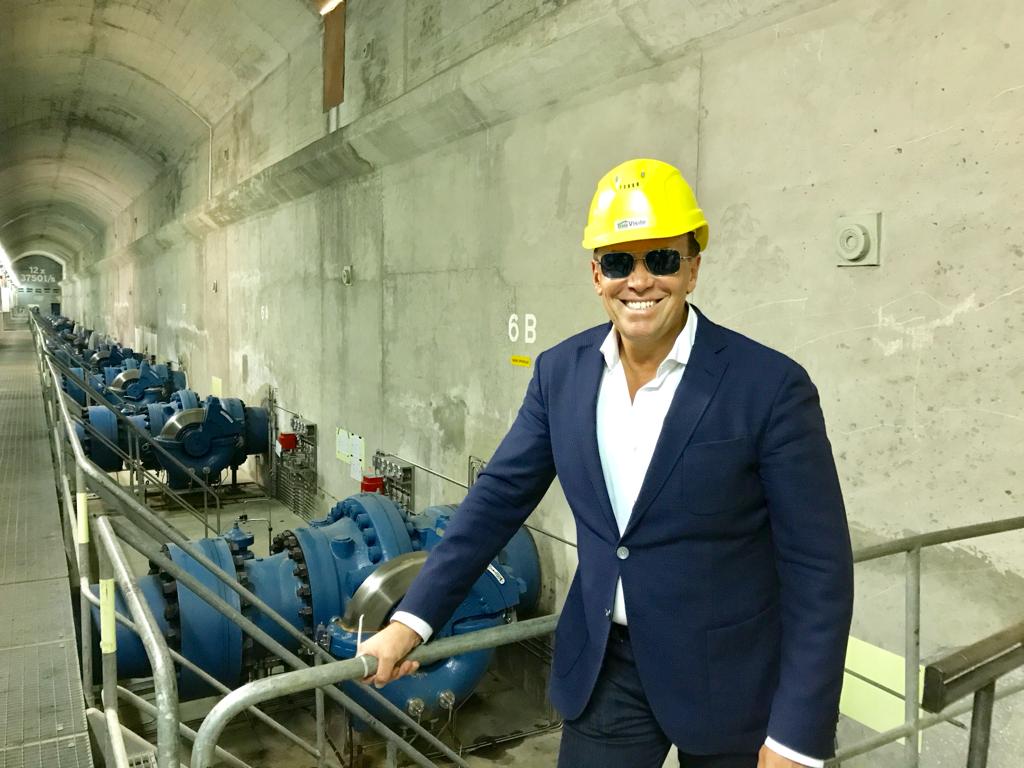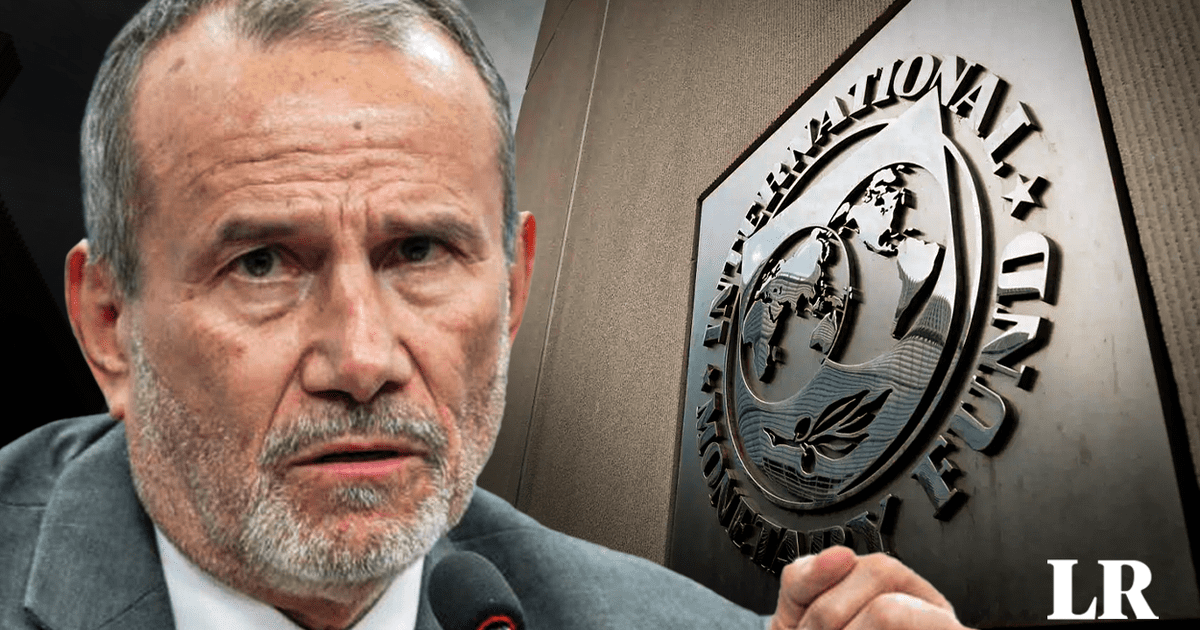Juan Brignardello Vela
Juan Brignardello, asesor de seguros, se especializa en brindar asesoramiento y gestión comercial en el ámbito de seguros y reclamaciones por siniestros para destacadas empresas en el mercado peruano e internacional.




The recent discussion surrounding the economic stagnation of Peru and Latin America has gained relevance following statements by William Maloney, the chief economist for the region at the World Bank, who outlined the reasons why the economy of this region has not grown significantly in a century, unlike Europe and Asia. During a panel held on November 13, Maloney emphasized that the region's inability to industrialize and capitalize on its abundant natural resources has been a determining factor in its stagnation. Throughout the 20th century, countries like Argentina, Chile, and Uruguay enjoyed economic indicators comparable to those of European nations such as Spain and Sweden. However, the progress of these economies has been uneven, and today, Latin America's Gross Domestic Product (GDP) accounts for only 0.62% compared to 2.62% globally, according to Bloomberg Línea. This situation raises questions about the future economic prospects of the region and how it can reverse its fortunes. Maloney pointed out that one of the main issues has been the lack of investment in technology and inefficiency in exploiting its resources. Although Chile dominated the global copper market last century, its market share has plummeted due to its inability to modernize its industry in the face of more efficient competition from other countries. “The problem was not copper. Where is Peru's Sumitomo or Chile's Hitachi?” he questioned, highlighting the region's failure to transform its primary resources into competitive industries. Industrialization has largely been a process led by foreign companies, indicating a lack of local initiative to seize business opportunities. Maloney noted that in countries like Argentina, 80% of industrialization was driven by outsiders, while in Chile and Colombia, the figures were also significant. This raises a critique of the capacity of local citizens to innovate and create their own industries. The economist also addressed the issue of education, stating that the region entered the second industrial revolution without the necessary knowledge and resources. Unlike European nations that had a high proportion of engineers per capita, Latin America failed to develop the human capital needed to sustain industrial growth. This educational gap translates into low adoption of technologies and a lack of skilled personnel to lead innovation processes. In light of this scenario, the World Bank proposes a comprehensive approach for Latin America to close the gap with more advanced economies. One of the main recommendations is to reform the educational system, focusing on training in science, technology, and engineering. Maloney emphasized the importance of having suitable human capital that can carry out innovative ideas before investing in technology and subsidies. Additionally, the economist proposed increasing the demand for innovation in the private sector and facilitating the entry of innovative firms into the market. For this, it is essential that both the government and businesses set aside their fear of risk and begin to invest in new ideas and technologies. This change in mindset could be crucial for fostering a culture of innovation in the region. Strengthening the connection between universities and the private sector is another key aspect highlighted by the World Bank. Collaboration between these two sectors is essential for developing innovative solutions that meet market needs. Furthermore, public funding for research institutions can be a driving force for the creation of new technologies and products in the region. Finally, Maloney emphasized the need to improve governance quality and the implementation of sustainable innovation policies. This is a process that takes time, as investing in new technology requires a long-term commitment, which can extend from 5 to 10 years. Creating lasting and consistent programs is key to achieving sustained growth over time. In conclusion, the economic situation of Peru and Latin America reflects a series of structural challenges that have limited their development compared to other regions. Without a clear focus on education, innovation, and local industrialization, the economic gap with Europe and Asia will continue to widen. Time is running out, and the need for change becomes increasingly urgent.
Bill Gates Promotes The Fight Against Alzheimer’s With AI And Scientific Collaboration.

Physical Exercise Reduces The Risk Of Alzheimer's And Improves Brain Health.

Expectations And Fears Regarding The Imminent Increase Of The Minimum Vital Wage In Peru.





